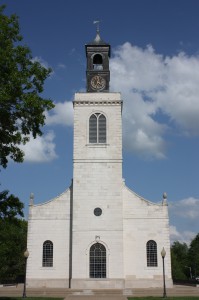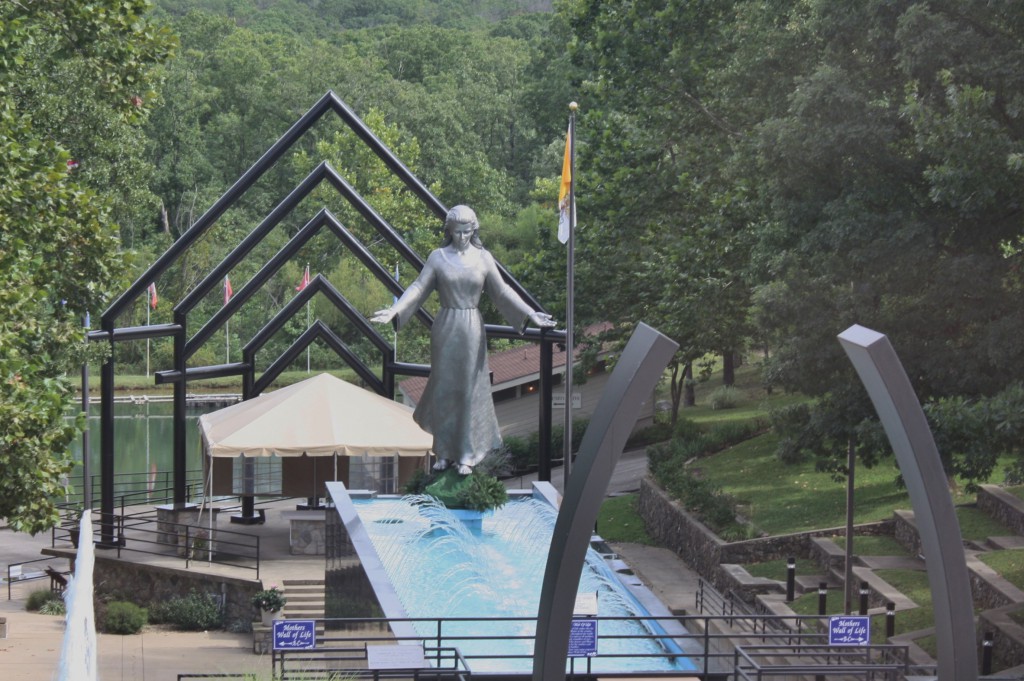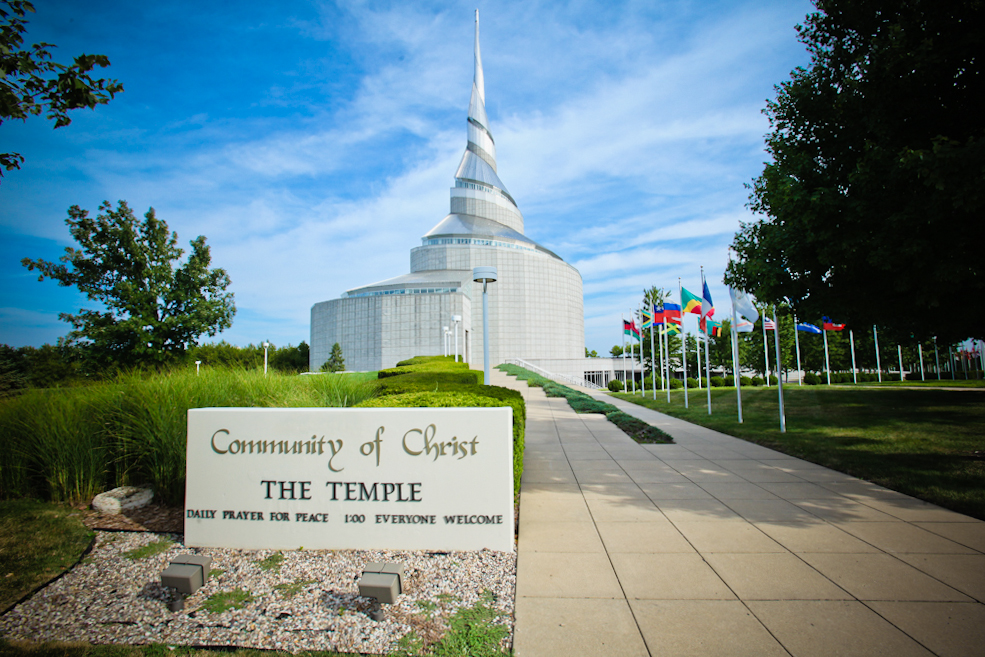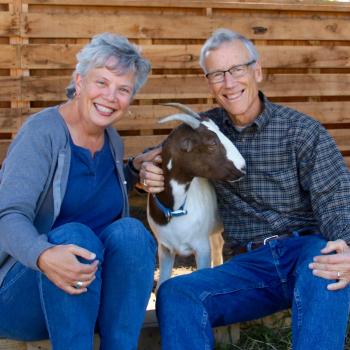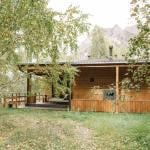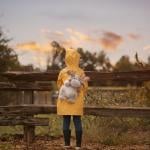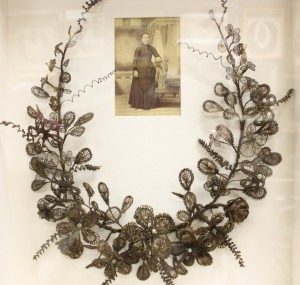
I’ve written about a wide variety of topics on the Holy Rover, with one glaring omission: hair. Today that will be remedied by introducing you to Leila’s Hair Museum in Independence, Missouri.
Among the many off-beat museums I’ve visited, I think Leila’s Hair Museum may well be the most unusual. This is the sort of place that you either find fascinating or a bit creepy (actually, I thought it was both, but in the most delightful way).
The museum owes its existence to Leila Cohoon, a retired hairdresser who became fascinated by Victorian hair art decades ago. “I didn’t know such a thing existed until I came across an antique hair ornament in 1956,” recalls Leila. “Here I’d worked with hair all my life and I didn’t realize how it had been turned into an art form by people in the past.”
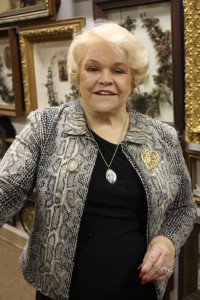
As the museum shows, people have done truly amazing things with hair over the centuries. What we throw away in wastebaskets was once carefully gathered from the combs of living people and clipped from the heads of the newly deceased. Originating in Europe and reaching its height in the Victorian Age, hair art was primarily a women’s craft, a sign of accomplishment, elegance, and good taste. Women would laboriously braid, weave, mold, and craft strands of hair, using bits of wire to hold the shape. A wide range of items were created, from necklaces, earrings, and watch chains to garlands that were hung on the walls of countless parlors.
During an age in which many people died prematurely and photography was still in its infancy, hair art helped preserve memories. Entire genealogies were done using snippets of hair. Widows would wear mourning rings made from the hair of their dead husbands. They even chopped up hair and mixed it with water to create gloomy scenes of dogs waiting forlornly by their master’s graves and weeping women draped over tombstones (those Victorians did love to wallow in melancholy).
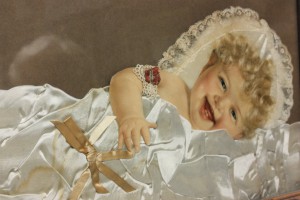
The popularity of the art form was due in part to the fact that both men and women had a lot of hair to work with in the Victorian era, when long tresses were in fashion. And upper-class women in particular often had a lot of free time on their hands. So why not do something with all that hair that would otherwise go to waste?
In 1850, Godey’s Lady Book described the appeal of hair art this way: “Hair is at once the most delicate and lasting of our materials and survives us, like love. It is so light, so gentle, so escaping from the idea of death, that, with a lock of hair belonging to a child or friend, we may almost look up to heaven and compare notes with angelic nature–may almost say: ‘I have a piece of thee here, not unworthy of thy being now.'”
Which brings us back to Leila and her Hair Museum. Humanity owes her a great debt for helping to preserve this nearly forgotten art form. Her museum, which claims to be the only hair museum in the world, has more than 400 hair wreaths and 2,000 pieces of jewelry made from human hair. It includes hair from Ronald Reagan, Elvis, Marilyn Monroe, Abraham Lincoln, and Michael Jackson (“I knew the hairdresser who worked on him after his hair caught fire in that Pepsi commercial,” Leila says). Nearly every piece has a story associated with it, tales that Leila is delighted to share.
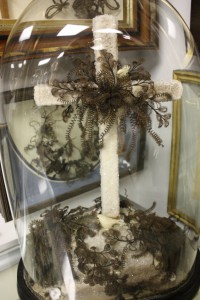
If you’re interested in learning how to create hair ornaments (and admit it, you’re seriously tempted), you can take classes from Leila. And if you’re in Independence, stop by to visit Leila’s Hair Museum. Sure, there’s something slightly macabre about all those ornate twirls of dead people’s hair, their somber colors reminding us of our own inevitable mortality. But there’s something gloriously quirky about the place too, especially when you visit with Leila and hear how enthusiastic she is about her hobby.
You’re probably wondering what all this has to do with Spiritual Travels. I was wondering the same thing as I toured the museum, until Leila showed me one of her most treasured artifacts: a piece of hair from the Virgin Mary, a relic accompanied by its own official certificate of authenticity.
Friends, it is moments like this that make me believe there is a Higher Power guiding my work.


